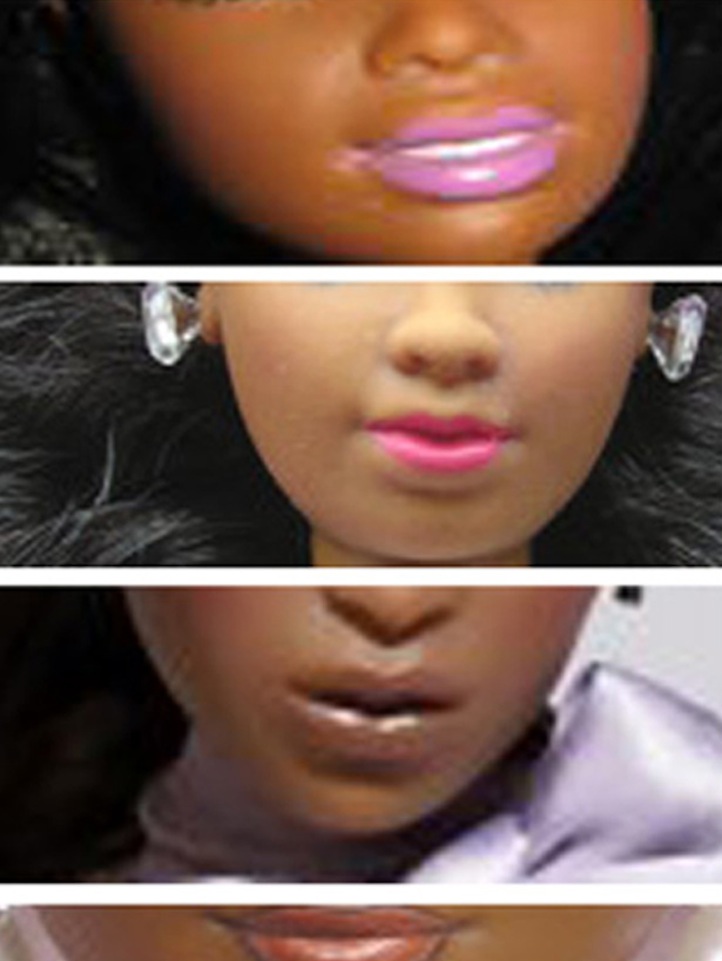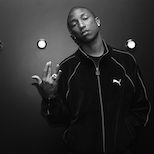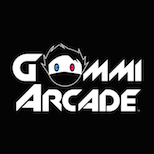Artist Lauren Kelley Discusses Her Work and “Twisted Sister”
05.17.2012
ART & DESIGN

Lauren Kelley is a Texas-based artist, whose imaginative and engaging work includes animated video, sculpture and collage. Kelley attended the High School for Performing and Visual Arts in Houston and studied art at Maryland Institute College of Art. She holds an MFA from the School of the Art Institute of Chicago. Her work has been exhibited at the New Museum, Spellman College Museum of Fine Art and most recently in a solo exhibition at The Kitchen in New York City. She also oversees the art gallery at Prairie View A&M University.
Kelley’s 2011 animated video “Froufrou Conclusions” is part of the exhibition “Twisted Sister,” which opens at Dodge Gallery in New York on May 19 and runs through June 24. Works by Life+Times-featured artists Wangechi Mutu, Xaviera Simmons and Mickalene Thomas are also included in the group show. “Froufrou Conclusions is a short video work that explores ideas about the space between what is acquired verse notions of desire,” she says. “The notion of desire is woven into four nonverbal vignettes. The work is fun to digest, but stems from a discontent place.”
Kelly’s work has narrative structure that is both humorous and heart-wrenching, inspired by literature that places historical events in modern-day context. Here, she speaks to Life + Times about her process.
Life+Times: What kind of short stories do you look at?
Lauren Kelley: Things run across the gamut. I have a lot of respect for [author] Octavia Butler. The series of short stories in “Bloodchild” are fertile. Norton Anthology hips me to a lot of really beautiful people that I didn’t pay attention to in high school, a few [Franz] Kafka short stories. I’m really all over the map with how to figure out how to craft an image and what it means to be a storyteller. I’m always hungry for things with fabulous imagery and pace.

L+T: What about the story inspires you to make visual work?
LK: I don’t know if I’ve ever had a linear approach to developing a story. Paying respect to literature at large, I’ve kind of taken it for granted. I’m trying to incorporate a writer’s genius to what I’m doing now. Before all of that, it might start very basically with materials, just tinkering in the studio — be it running across a set prop, and building a story around that set prop and giving that object a voice, a greater spirit.
L+T: How does that process change? Or is there an aspect that remains consistent in all of your work?
LK: I believe a major consistent thread is the love of the materials. Intuitively working has always been intrinsic to my practice. That’s where it starts, the desire to touch things, the desire to engage with the kind of blind, mindless making. Some artists do not need a studio. Deena Lawson, the photographer, doesn’t need a studio. Her studio is the world. I’m really the opposite. I really need an interior space that’s private and allows me to process what’s out in the world in a private place. That defines my process -– the decision to collage, to make objects, and sometimes return back to the video and animate. I’ve always been an interdisciplinary artist; there’s so many thing to digest. I have to experience everything with my hands.

L+T: Tell me about your subject matters. There’s a question, there’s irony and wit and a bit of magical realism in your videos. You’re teasing the imagination.
LK: All of the work is originally started under a very specific umbrella, informed by a specific moment in history. What does it mean to assess the image of black people or black women at large? As I continue to make this work, why the dolls in the first place? Speaking to this moment of integration and what it means now —Brown vs. the Board of Education and the shift in perception and studying the sense of black perception, via psychological perception and use of these dolls. There was a famous study done that revealed on paper that there was a massive inferiority complex amongst people of color. That test was done again fifty years later. The test was conducted in 2004 and the results were too similar. That was a catalyst for me to play with the zany nature of all of these issues. I don’t feel compelled to stick so staunchly to that particular moment, but what remains now is the residue of the effort, the human strength and the bizarre parameters that people have to exist within that. What becomes more provocative is homage to history, larger conversations about scale and space — human space and world space. I feel freer when I have to room to play.
L +T: How about your sculptural works? These are much more textured and conceptual.
LK: They are expansion in the name of space. They gave me opportunity to elaborate on things that are less obvious in the videos. I’m in love with exploring. All of those things are wildly delicious. I get to play with that more when I work sculpturally and with collage. Sometime the objects and sculptures are opportunities to redo video work. I adore movement and opportunities to make a dot.

L+T: You approach collages as storyboards at times, there’s a suggestion of motion as opposed to stillness. There’s a sense that something is happening in your work.
LK: I adore movement. I don’t think that art is supposed to stand still. Artists are constantly frustrated about not having a response from viewers. I love the idea of movement occurring between stories or the ricocheting that can happen with a viewer. “The Kitchen” show was optimal where I got to have the video in the same space as a collage and the wall mural.





